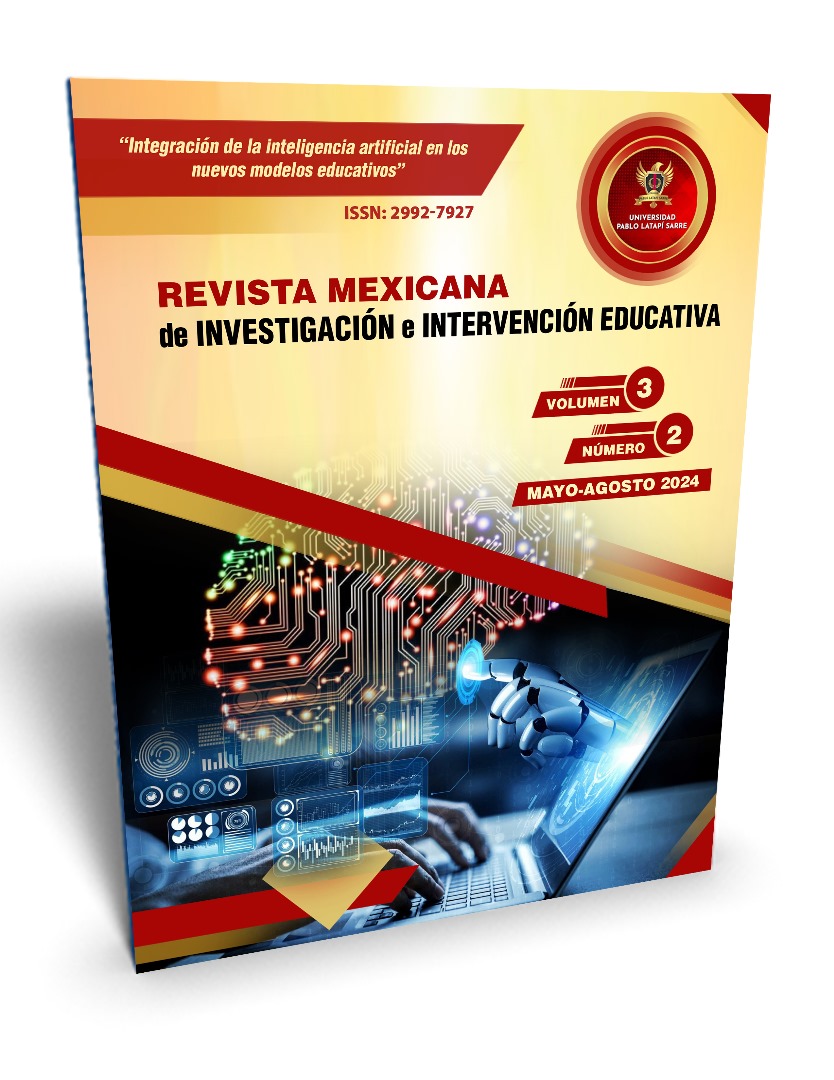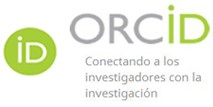Use of technological resources in Physical Education classes
DOI:
https://doi.org/10.62697/rmiie.v3i2.84Keywords:
Physical Education, educational technology, motivation, educational agents, teacherAbstract
The use of technological resources in Physical Education classes has proven to be an effective tool to motivate students to practice this discipline, with a more active and dynamic participation in physical activities. The objective was to analyze the level of knowledge that professionals of Physical Education and sports training, postgraduates and graduates of an important master's degree of the Ecuadorian Austro have about the technological resources that are applied in the classes. The research was descriptive with a qualitative and cross-sectional approach, the TPACK questionnaire was applied, the data collected were analyzed through the statistical package spss version 25, the population consisted of 137 professionals in the area of Physical Education and sports training postgraduates and graduates of an important master's degree in the Ecuadorian Austro. The results of the study revealed that the level of pedagogical technological knowledge of these professionals was medium and high. On the other hand, the variables sex, third or fourth level of professional training and the type of public or private institution did not determine the level of knowledge and use of technology applied in this area.
Downloads
References
Arévalo-Duarte, M. A., García-García, M. Ángel, & Hernández-Suárez, C. A. (2019). Competencias TIC de los docentes de matemáticas en el marco del modelo TPACK: Valoración desde la perspectiva de los estudiantes. Civilizar, 19(36), 115–132. https://revistas.usergioarboleda.edu.co/index.php/ccsh/article/view/v19n36a07
Aznar Díaz, I., Cáceres Reche, M. P., Trujillo Torres, J. M., & Romero Rodríguez, J. M. (2019). Impacto de las apps móviles en la actividad física: un meta-análisis (Impact of mobile apps on physical activity: A meta-analysis). Retos, 36, 52–57. https://recyt.fecyt.es/index.php/retos/article/view/66628
Cózar Gutiérrez, R., Zagalaz, J., & Sáez López, J. M. (2015). Creando contenidos curriculares digitales de Ciencias Sociales para Educación Primaria. Una experiencia TPACK para futuros docentes. Educatio Siglo XXI, 33(3), 147–168. https://revistas.um.es/educatio/article/view/240921
Díaz Barahona, J. (2020). Retos y oportunidades de la tecnología móvil en la educación física (Challenges and opportunities of mobile technology in physical education). Retos, 37, 763–773. https://recyt.fecyt.es/index.php/retos/article/view/68851
Fernández-Espínola, C., & Ladrón-de-Guevara Moreno, L. (2016). El uso de las TIC en la Educación Física actual. e-Motion: Revista de Educación, Motricidad e Investigación, (5), 17-30. https://doi.org/10.33776/remo.v0i5.2740
Jama-Zambrano, V. R., & Cornejo-Zambrano, J. K. (2016). Los recursos tecnológicos y su influencia en el desempeño de los docentes. Dominio De Las Ciencias, 2(3), 201–219. https://dominiodelasciencias.com/ojs/index.php/es/article/view/316
López Domínguez, H., & Carmona Vázquez, H. (2017). El uso de las TIC y sus implicaciones en el rendimiento de los alumnos de bachillerato. Un primer acercamiento. Education in the Knowledge Society, 18(1), 21-38. https://www.redalyc.org/pdf/5355/535554765002.pdf
López Tene, I. A., Aldas Arcos, H. G., & Cobos Bermeo, N. A. (2022). La realidad aumentada como recurso didáctico en la enseñanza de la Educación Física. Revista Arbitrada Interdisciplinaria Koinonía, 7(2), 267-286. https://dialnet.unirioja.es/descarga/articulo/8651462.pdf
Menescardi, C., Suárez-Guerrero, C., & Lizandra, J. (2021). Formación del profesorado de educación física en el uso de aplicaciones tecnológicas. Apuntes Educación Física y Deportes, 37(144), 33-43. https://revista-apunts.com/formacion-del-profesorado-de-educacion-fisica-en-el-uso-de-aplicaciones-tecnologicas/
Sevillano García, M. L., & Fuero Colmena, R. (2013). Formación inicial del profesorado en TICs: Un análisis de Castilla- La Mancha. Profesorado, Revista De Currículum Y Formación Del Profesorado, 17(3), 151–183. https://revistaseug.ugr.es/index.php/profesorado/article/view/19682
Villacres Arias, G. E., Espinoza Freire, E. E., & Rengifo Ávila, G. K. (2020). Empleo de las Tecnologías de la Información y la Comunicación como estrategia innovadora de enseñanza y aprendizaje. Universidad Y Sociedad, 12(5), 136–142. https://rus.ucf.edu.cu/index.php/rus/article/view/1691
Downloads
Published
How to Cite
Issue
Section
License
Copyright (c) 2024 Ruth Noemi Yupa-Allaico, Helder Guillermo Aldas-Arcos

This work is licensed under a Creative Commons Attribution-NonCommercial-ShareAlike 4.0 International License.
Authors who publish in Revista Mexicana de Investigación e Intervención Educativa (RMIIE), of Universidad Pablo Latapí Sarre agree to the following terms:
1. Copyright
Authors retain unrestricted copyright to their work. Authors grant the journal the right of first publication. To this end, they assign the journal non-exclusive exploitation rights (reproduction, distribution, public communication, and transformation). Authors may enter into additional agreements for the non-exclusive distribution of the version of the work published in the journal, provided that acknowledgment of its initial publication in this journal is given.
© The authors.
2. License
The articles are published in the journal under the Creative Commons Attribution-NonCommercial-ShareAlike 4.0 International License (CC BY-NC-SA 4.0). The terms can be found at: https://creativecommons.org/licenses/by-nc-sa/4.0/deed.en
This license allows:
- Sharing: Copying and redistributing the material in any medium or format.
- Adapting: Remixing, transforming, and building upon the material.
Under the following terms:
- Attribution: You must give appropriate credit, provide a link to the license, and indicate if any changes were made. You may do this in any reasonable manner, but not in any way that suggests the licensor endorses or sponsors your use.
- NonCommercial: You may not use the material for commercial purposes.
- ShareAlike: If you remix, transform, or build upon the material, you must distribute your creation under the same license as the original work.
There are no additional restrictions. You may not apply legal terms or technological measures that legally restrict others from doing anything the license permits.












